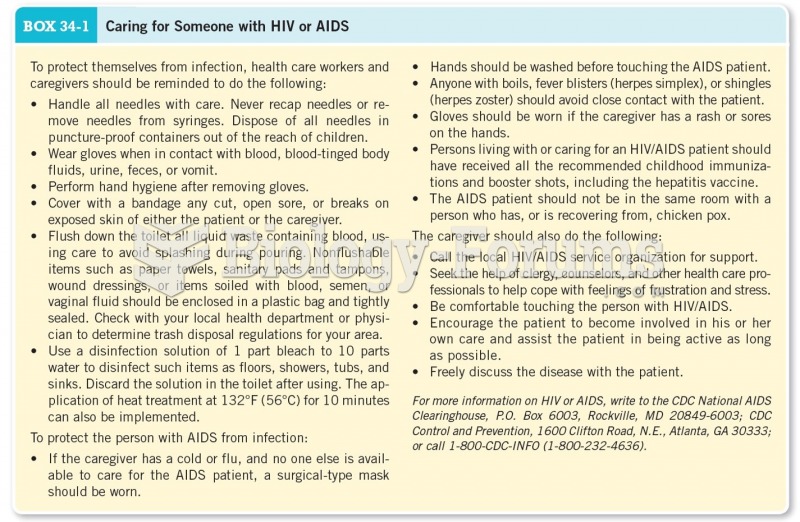Answer to Question 1
Correct Answer: 1,2,3,4
Rationale 1: Cytarabine (Cytosar-U) is a chemotherapeutic agent that resembles nucleotides and is mistakenly incorporated into newly formed DNA strands, inhibiting replication.
Rationale 2: Fluorouracil (5-FU) is a chemotherapeutic agents that resembles nucleotides and is mistakenly incorporated into newly formed DNA strands, inhibiting replication.
Rationale 3: Daunorubicin (Cerubidine) is a highly toxic chemotherapeutic antibiotic that interacts with DNA to physically block replication.
Rationale 4: Bleomycin (Blenoxane) is a highly toxic chemotherapeutic antibiotic that interacts with DNA to physically block replication.
Rationale 5: Acyclovir is an antiviral agent, not a chemotherapeutic agent.
Global Rationale: Cytarabine (Cytosar-U) and fluorouracil (5-FU) resemble nucleotides and are mistakenly incorporated into newly formed DNA strands. Daunorubicin (Cerubidine) and bleomycin (Blenoxane) are highly toxic antibiotics that interact with DNA to physically block replication. Although classified as antibiotics, these drugs are too toxic to be used for infections, but have therapeutic indications in the chemotherapy of specific types of cancer. Acyclovir is an antiviral agent, not a chemotherapeutic agent.
Answer to Question 2
Correct Answer: 2
Rationale 1: Cytarabine and fluorouracil (chemotherapeutic agents) resemble nucleotides and are mistakenly incorporated into newly formed DNA strands.
Rationale 2: Fluoroquinolones bind to enzymes gyrase and topoisomerase, blocking the relaxation and migration processes of bacterial DNA replication.
Rationale 3: Certain antineoplastic agents work by inhibiting the repair of DNA. Fluoroquinolones bind to enzymes DNA gyrase and topoisomerase IV, preventing bacterial DNA replication.
Rationale 4: Acyclovir inhibits the DNA polymerase, preventing replication of DNA into two daughter strands.
Global Rationale: The fluoroquinolone antibiotics act on two enzymes in the DNA replication process. First, they bind to DNA gyrase, inhibiting its ability to relax the supercoiling of the bacterial DNA. When the replication enzymes reach an area still in a supercoiled state, replication terminates. A second mechanism is binding to topoisomerase IV. When this occurs, the two daughter DNA strands cannot migrate to opposite sides of the cell, and division cannot be completed. They do not inhibit synthesis of precursor bases, bind with the enzyme DNA polymerase or block repair as is the mechanism of action of some other classes of drugs.







